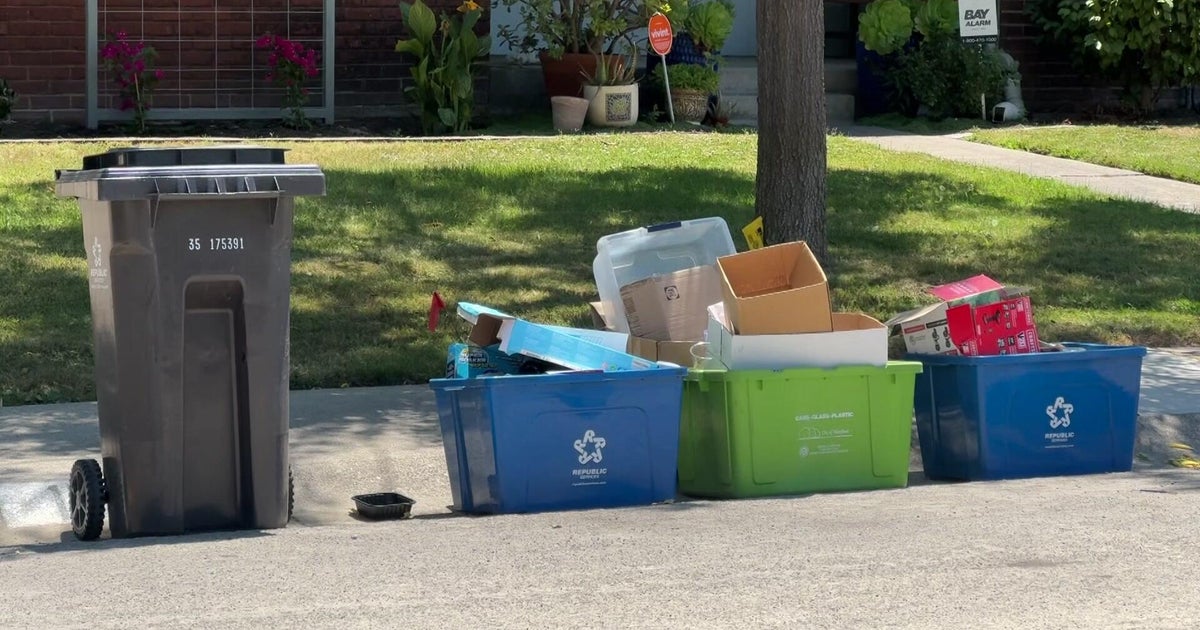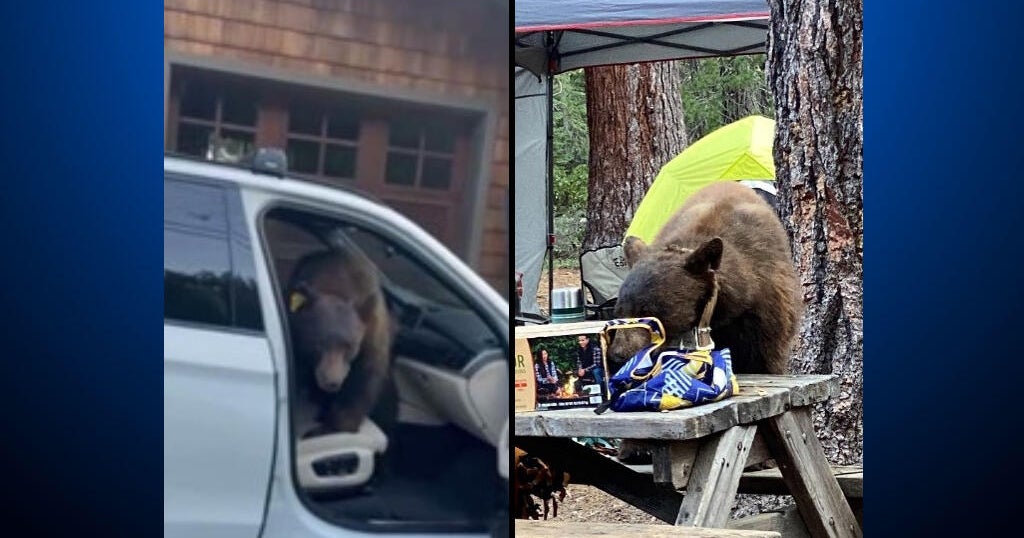Waste From California Dairy Farms Presents Climate Change Challenge
SAN FRANCISCO (KPIX 5) -- Got milk? Chances are it's from California. There are more dairy cows in the Golden State than anywhere else in the country. But all that milk and cheese comes at a cost to the planet.
Tom Frantz keeps a running count. He says dairy farms have taken over his farming community in the San Joaquin Valley. "There are ten of them within what I call smelling distance of my home," he said, noting they've moved in in just the last 10 years.
We're not talking about mom-and-pop operations. "These are milk factories," said Frantz. "We went from zero cows to about 60,000 cows, within about five miles of where I live."
Read: Part 2 - California Dairy Farmer Uses Cow Manure To Make Biofuel
Why is that a problem? You might have guessed: cow manure. "6,000 animals in one dairy has the waste stream of a city of half a million people," said Frantz.
But unlike a city, most dairies don't treat their waste. After separating out the solids to use as manure, they dump the rest of the waste into open lagoons and let it evaporate. "This waste stream is just rotting in these giant lagoons," said Frantz.
It's not just the smell. The lagoons of manure also emit methane, and lots of it. If you account for climate impacts over 100 years, which is the widely used timeframe, livestock operations are directly responsible for 5.4 percent of the state's greenhouse gas emissions. But in the state's short-lived climate pollution plan, that uses a 20-year global warming accounting, the impact more than doubles to 11.7 percent.
"They are incredibly potent climate pollutants," said Ryan McCarthy, Science & Technology Policy Advisor with the California Air Resources Board. "Really tackling and addressing the way that dairies manage their manure would represent one of the most significant climate programs we have in the state," said McCarthy.
The state's offering tens of millions of dollars in subsidies for dairies to install so-called digesters, giant tarps that cover manure pits and turn the methane into energy.
But only 13 dairies out of 1,500 have working digesters, according to a recent report by the California Climate and Agricultural Network .
"You look elsewhere across the country and in Europe and there are thousands and thousands of digesters, so this is not a new technology. But it's sort of a new practice for California's dairy farmers," said McCarthy.
The California dairy industry has also managed to dodge, at least for now, the requirements of a landmark climate bill the governor signed into law this year. The law calls for reducing emissions of short-lived climate pollutants like methane by 40 percent by 2030.
On the last day of the session, the dairy industry added language that exempts it until "on or after 2024." Even then, dairies would only have to comply if the regulations are economically feasible. If not, the state would have to reduce the goal in the strategy for the dairy and livestock sectors.
"It gives the industry some time to adjust," said Anja Raudabaugh, CEO of industry group Western United Dairymen. "We are losing our California dairy farms, due in large part to regulatory burdens, so adding a new regulatory framework is not something that we can do overnight," she said.
Raudabaugh says the state so far is offering solutions that aren't feasible, such as subsidies for digesters. "The grant money only works if there is infrastructure there to move the gas, the clean methane, so right now that is not something that has been widely looked at," she said. As a result she says many dairies are planning to leave California.
It's all very frustrating to farmers like Tom Frantz. "They will just go to another state where they are not regulated and still emit the same amount of greenhouse gases," he said. The only real solution he says: smaller dairies, and fewer cows. "The bottom line is we can't afford to consume as much dairy products in our diet, if it's going to overheat the planet," he said.
About half of all the milk produced in California goes into making cheese, and about 60% of the cheese is mozzarella, used on pizza. Frantz sees a direct connection between eating pizza and greenhouse gases.



